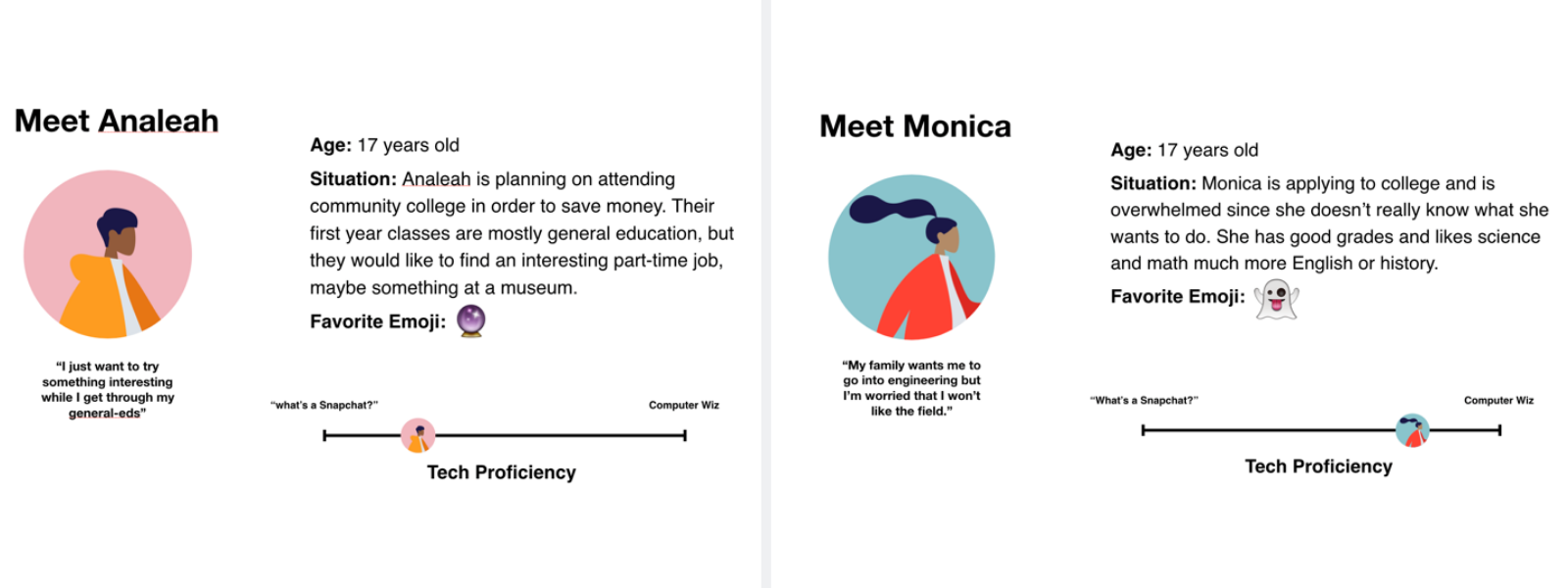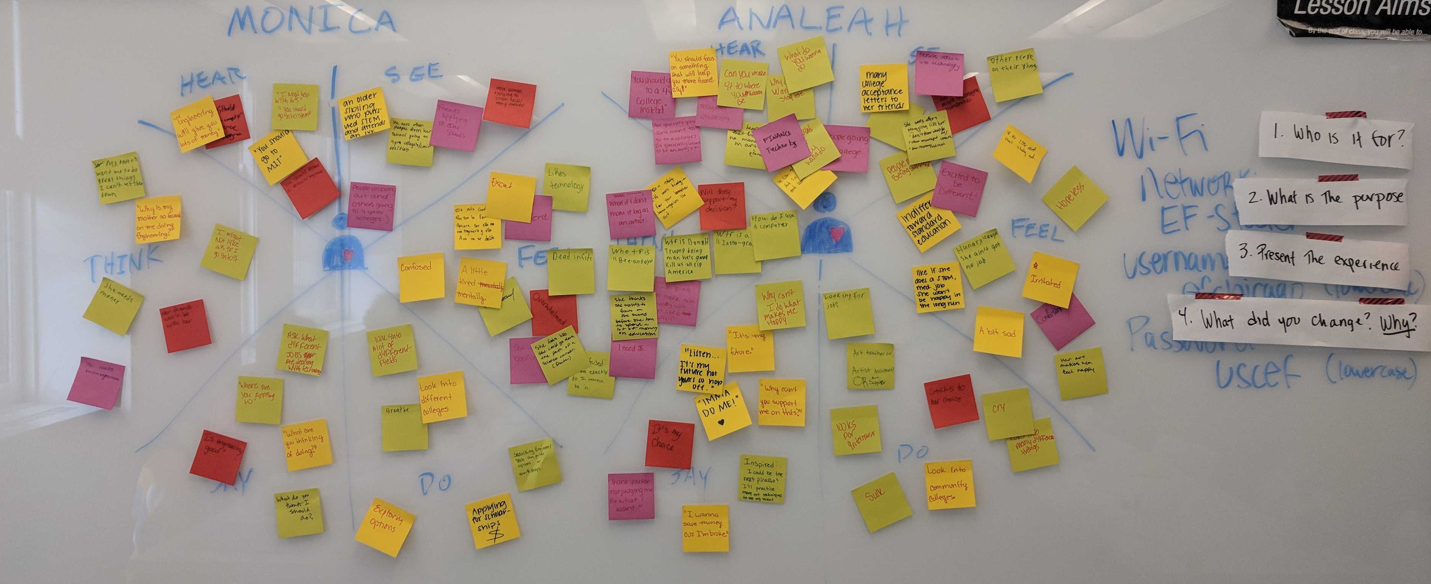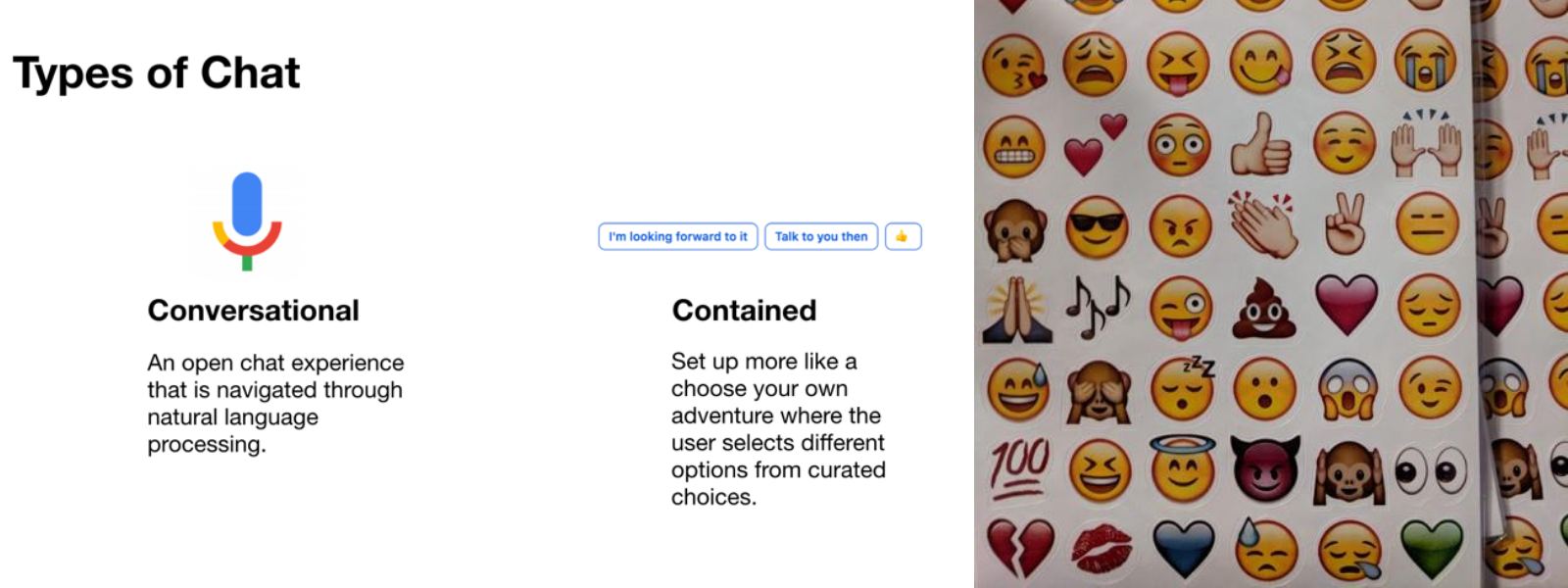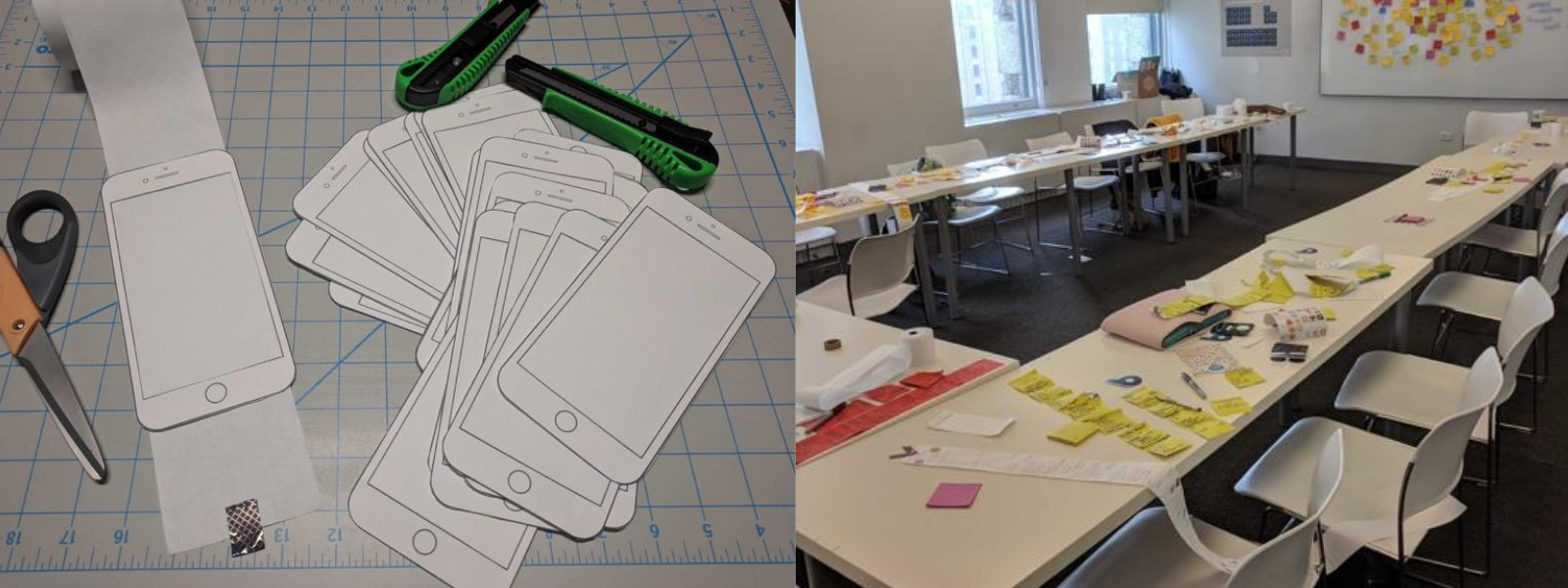What You Can Learn About Design from a Bunch of High School Girls

Whether we’re distributing food to those in need, mentoring the next generation through university hackathons, or hosting pro-bono digital marketing strategy sessions with local nonprofits in our communities, giving back is at the heart of who we are.
Understanding Opportunities
A common refrain I hear from designers is a slight regret for not having understood the design opportunities that existed at a younger age: “Imagine where I would be if I had started earlier!” And while I am a big believer that diverse backgrounds and ages create a rich environment that better represents the people we design for, I’d be lying if I said that the thought of starting earlier had never occurred to me. I recently had the chance to teach a design workshop with ChickTech Chicago and enthusiastically jumped on the opportunity.
I worked with our head of Experience Design Amanda Ruzin to facilitate a day-long workshop called Design Your Own Chatbot. We taught 15 students key aspects of the design process, and then created paper prototypes of chatbots that used language interfaces to guide users through an experience.
The class was a blast and we learned a lot — and when I say “we” I don’t just mean the girls we were teaching, we (as in myself and Amanda) actually picked up quite a bit from working with these budding designers.
So, what were some of the key points that came out of our workshop?
- Vulnerability is key to creating strong design.
- Chat is a useful medium for teaching design fundamentals to a generation who is obsessed with texting.
- Teenagers are really, really smart.
Creating a Strong Design
Vulnerability is key to creating strong design.
To start the day, we provided a quick overview of experience design, which to us, is a human-first way of creating digital experiences through information architecture and user interface design to incorporate the needs of users to create cohesive and positive experiences. I’m not one for lecturing, so we made sure to include exercises with real-world examples throughout the day.
Once we felt they had a sense of the fundamentals, we presented them with their assignment: create a chatbot that helps one of the two personas provided discover possible interest/work/study areas that they can explore as they leave high school. As part of this, we explained how personas are tools that designers use to humanize analytics.
Personas
The personas represented two different user sets. One group was more technically/STEM inclined, while the other had more of an artistic focus. We broke down the concept of personas — describing how they were humanist representations of data and behavior — before taking the students through an empathy mapping exercise.
Nobody likes to look stupid, especially teenagers. Oftentimes, this can stop people from taking risks and fully engaging in the process. I would dare say most people haven’t had the opportunity to participate in an empathy mapping exercise before, including our students, so when we started to build out a richer view of our personas, they were hesitant to participate.
We helped facilitate with questions like, "How is she like you?" "How is she different?" and “What does her family think about her decisions?” Again, just like we see in more corporate settings, once you can get a few to start to participate, the rest all jump in.
They made jokes: “I think she feels dead inside.”
They got real: “I think she feels a lot of pressure and I can relate to that.”
They challenged each other and built off of each other’s ideas, and at the end of the exercise, we had two distinct personas that we would use to design solutions.
Chatting = Texting
Chat is a useful medium for teaching design fundamentals to a generation who is obsessed with texting.
After we built out our empathy maps for the provided personas, we began to pencil out user journeys for each step in their chatbot solution. As you can see, we pulled out all of the normal tools we would use for a client on-site design workshop, including personas, empathy mapping, and group conversations. These teenagers got the full treatment! They were given two formats of chat experiences — conversational and contained — and were instructed to identify which format or blend of formats they chose to explore.
At this point, we broke out the emoji stickers and set the additional requirement that each student would have to incorporate emojis into their chat experience. Emojis helped create a sense of fun in the journeys and allowed them to create solutions that matched how they already communicate.
Over the course of the day, each student in the workshop had to present their chat experience three times. Each time they were asked questions and given constructive feedback that they then took and iterated upon. This pushed the students and drove home that design is a process.
Brains and Grit
Teenagers are really, really smart.
After we iterated on the user journeys, we jumped into paper prototyping. Each student was given a roll of receipt paper and a paper mobile device outline. They then turned their journeys into paper prototypes with markers, stickers, and sticky notes. Each student came up with a solution that laddered up to the main pain-points for the personas (see the empathy mapping exercise for more detail on these).
Solutions were varied and incredibly creative. Each chatbot design told a story and presented an inventive solution. Some that particularly stood out:
- A chatbot that took you through the steps of how to fold origami as a way to connect a user to a new meditative activity.
- One chatbot asked questions and created a playlist for the user to relax. The student actually curated the playlist on her lunch break!
- One asked fun questions and connected you to college applications for places that suited your personality.
- A really engaging bot took you through a series of conversational moments via a cartoon dog.
At the end of the day, we were floored by the girls’ creativity, openness, and willingness to iterate. We were able to connect them to the design process at a younger age than most people learn about it, and have a great time in the process. The group was incredibly engaged and I think we may have even inspired a few future experience designers. We hope they continue to apply design thinking to whatever they do — no matter where life takes them.
What can you do?
While this was a one-off opportunity, it was eye-opening and fun for us to talk about what we do in different ways and even challenged how we might introduce exercises in the future. Though we can’t go all back to high school (or may not want to) we can consider ways to incorporate different types of feedback and perspectives into our design or day-to-day work.
Explore innovative and out-of-the-box techniques for idea-sharing like reverse mentoring, or even informal opportunities to talk with people in your company or community that are different than you. Volunteer to share some of your skills to audiences that may not necessarily align with your target audience — learning how to speak about your talents to different audiences will help you refine and hone your presentations. I’m grateful that my company supports these initiatives and provides these opportunities. I came away with life lessons and I hope they did too.
ChickTech is a nonprofit organization committed to increasing the participation of girls and women in STEM while creating a culture of inclusion for all. They organize local conferences, hands-on workshops and mentoring support for K-12 and professionals to boost participants’ sense of belonging, interest, and self-confidence in technology and engineering.






